How To Improve Your Dogs Retention
Training a dog can be a fun, but challenging, experience, particularly if you have never done it before. With the right training principles in mind, most dogs respond very well to simple obedience training, and they often get the hang of new commands after just a few repetitions. If you want to improve your dog’s retention in training, try following some of these suggestions.
The Details
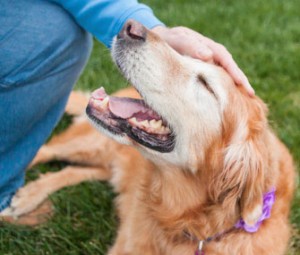 Always use the same commands. Before you begin training your dog, you need to establish a concrete set of commands. Always use the same word or phrase for each command so your dog doesn’t become confused.
Always use the same commands. Before you begin training your dog, you need to establish a concrete set of commands. Always use the same word or phrase for each command so your dog doesn’t become confused.
- Establish one person to do the training. When you are first training your dog, it is wise to have only one person in the household do the training. Once your dog has mastered the basics, you can teach them to other family members.
- Keep the training sessions short. Dogs are only likely to focus on a repetitive training session for 15 minutes or so at a time. Rather than forcing your dog to get through an hour-long session once a day, try breaking it up into several short 10-minute sessions.
- Keep the training sessions fun. If your dog enjoys the training, he will be more likely to remain engaged and to retain the training.
- Reward your dog for good behavior. The quickest way to teach your dog a new trick or command is to reward him for doing it. Once your dog learns to associate the reward with the behavior, he will repeat it more often.
- Use a variety of rewards to encourage repetition. Different dogs are likely to prefer different rewards. Some dogs prefer treats, others like toys and some just want a little bit of playtime.
P.S. Keep these tips handy for your board by pinning this! Thanks!
- Incorporate distance commands. Once you’ve taught your dog the basics, you can start to teach him to “come” or “stay” from a distance. Start by giving the command close to your dog; then gradually incorporate distance.
- Be consistent. Your dog is more likely to retain his training if he receives a solid foundation. During your training sessions, do things the same way each time until your dog gets the hang of it.
- Don’t move too quickly. Even the smartest dogs are likely to get confused if you move too quickly from one trick to another before he has mastered the first one.
- Use simple sequences to teach tricks. Before your dog can learn to jump through a hoop, he needs to learn to walk through the hoop and then to jump on command. Rather than trying to teach your dog a complex trick all at once, try creating a sequence of simple things to work up to the big trick.
The Bottom Line
Training a dog can be fun if you go about it the right way. If you are consistent in your training methods, your dog is likely to enjoy the training sessions and to retain the training itself. If you are not, however, your dog may become confused, and you may find the whole process frustrating.

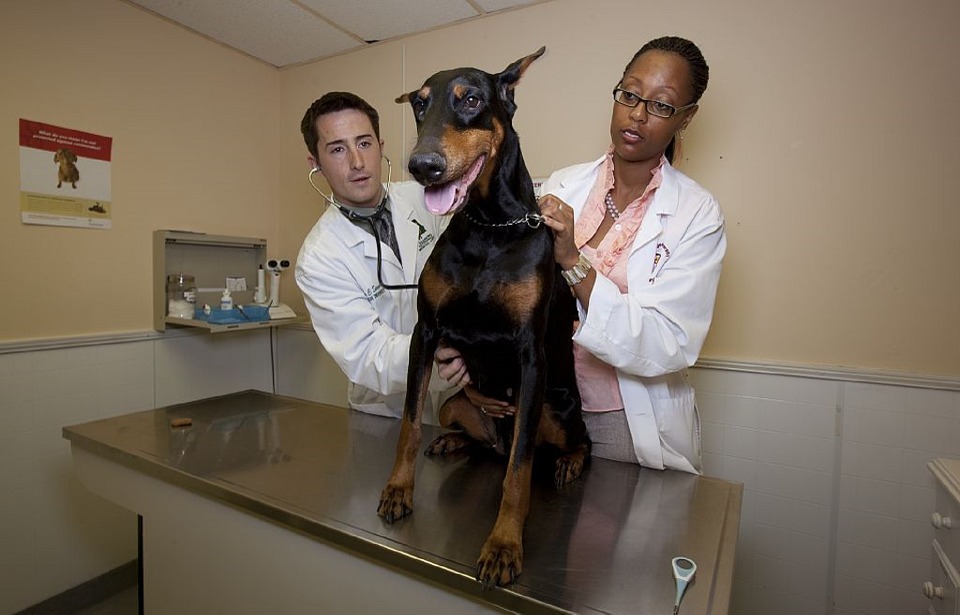
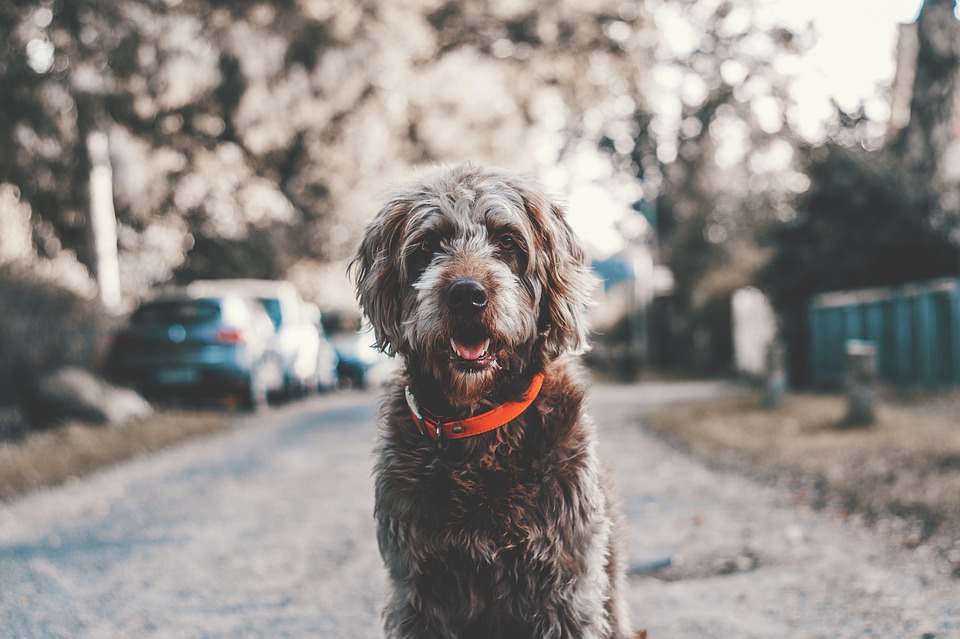




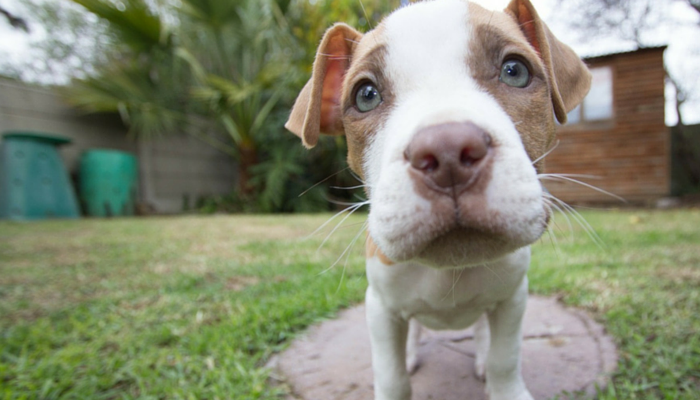
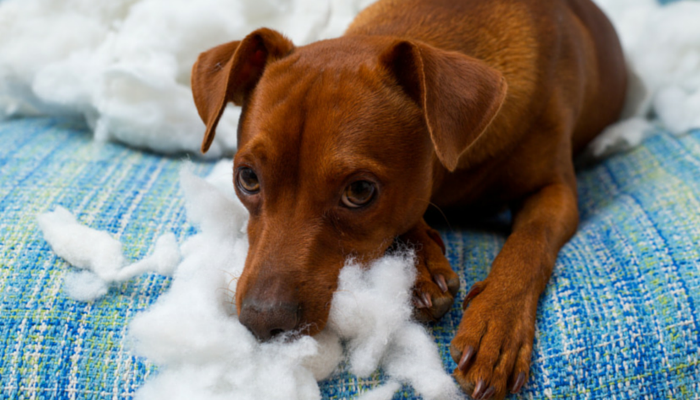
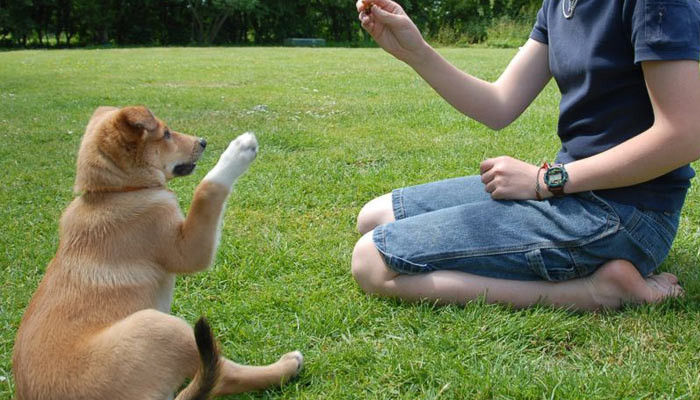
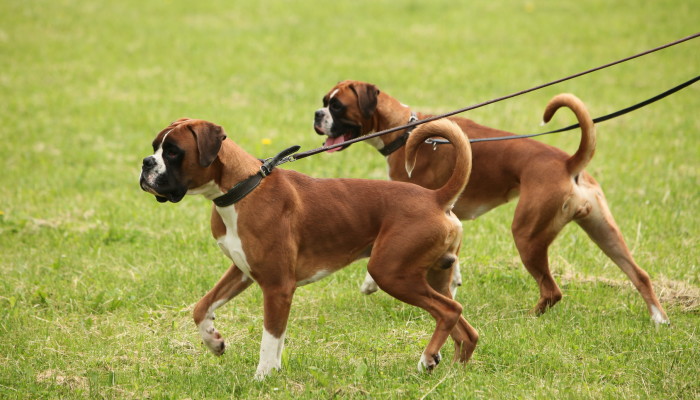
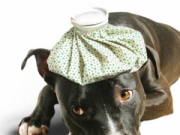


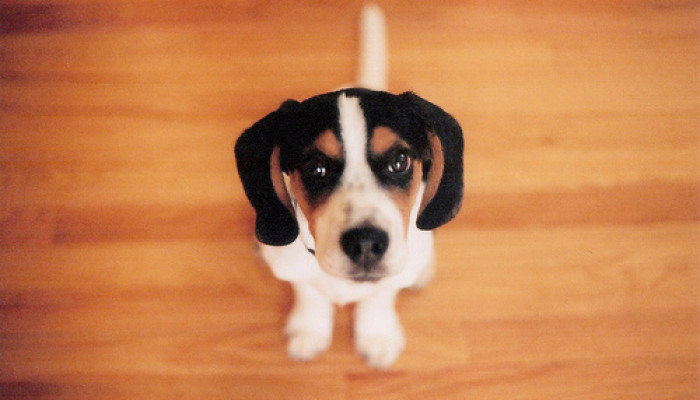



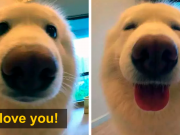
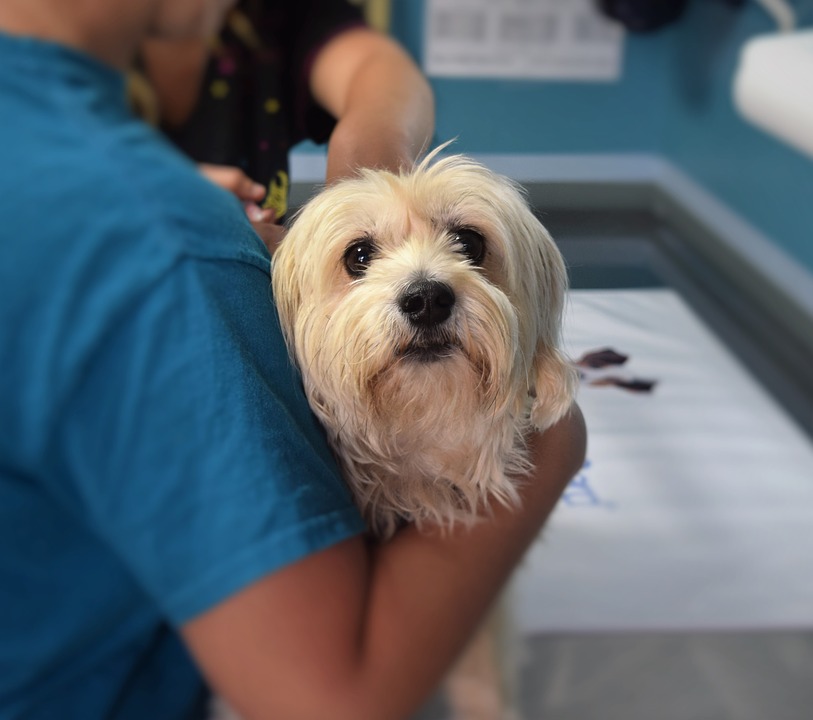


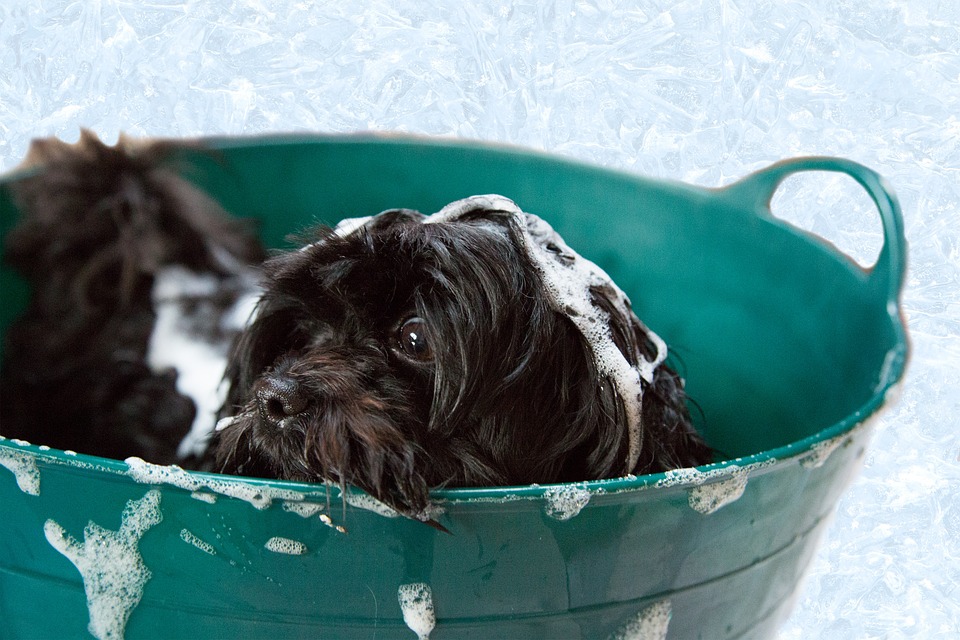
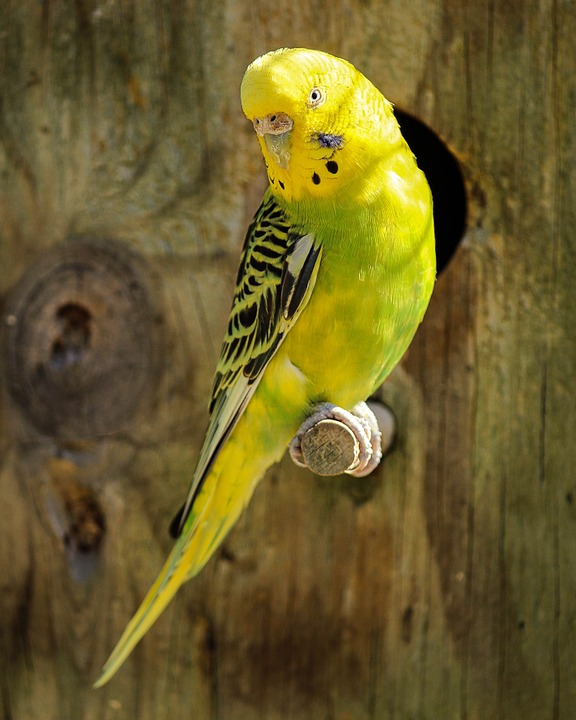

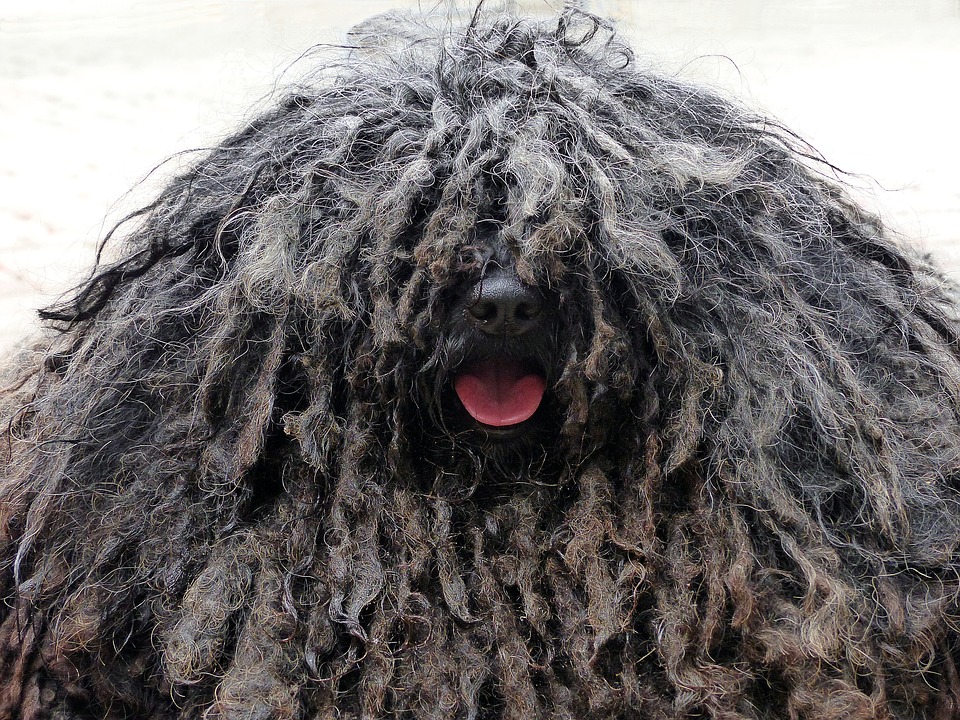
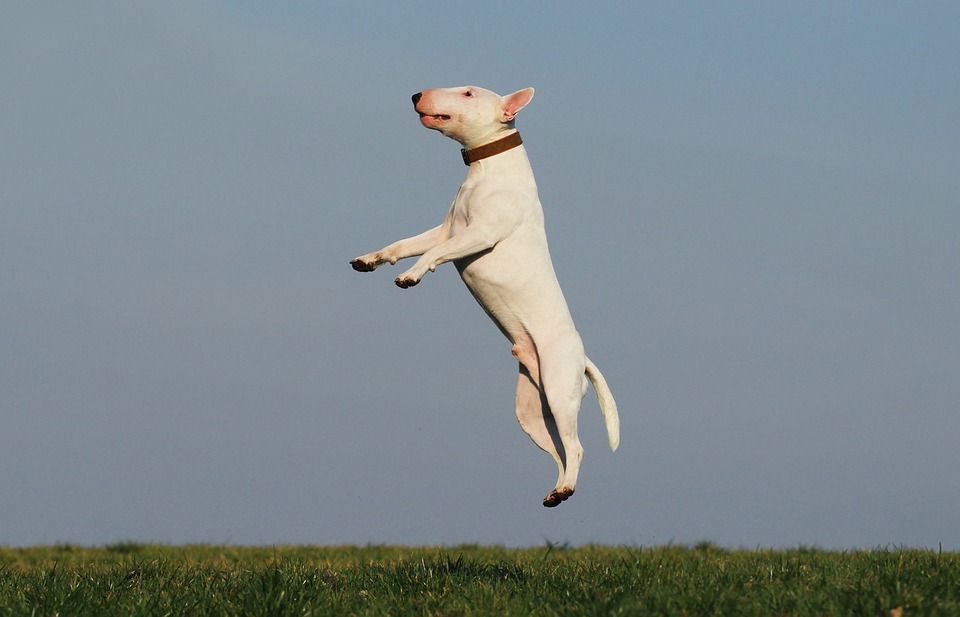
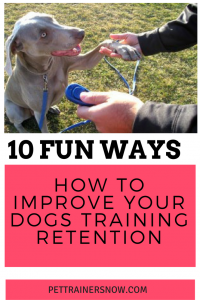
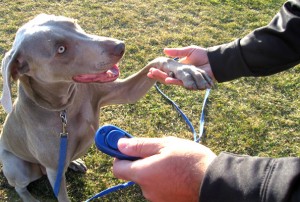
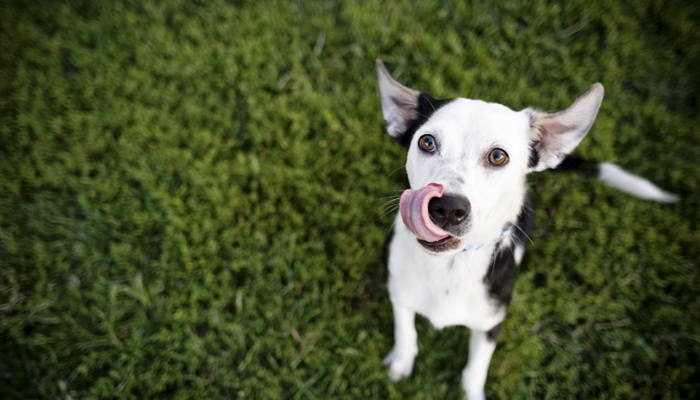
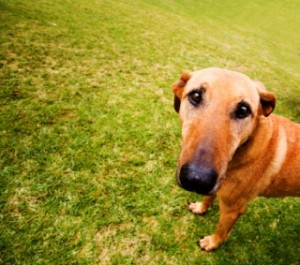 There is nothing more frustrating than coming home to find your beautiful garden completely destroyed. Digging is a completely natural behavior for dogs, but unfortunately, it can also be very destructive. If you want to keep your dog from digging in your garden, you need to give him an appropriate outlet for that behavior, rather than trying to stop it altogether.
There is nothing more frustrating than coming home to find your beautiful garden completely destroyed. Digging is a completely natural behavior for dogs, but unfortunately, it can also be very destructive. If you want to keep your dog from digging in your garden, you need to give him an appropriate outlet for that behavior, rather than trying to stop it altogether.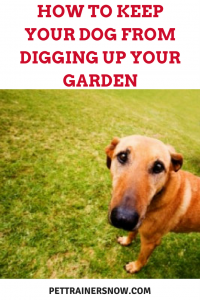
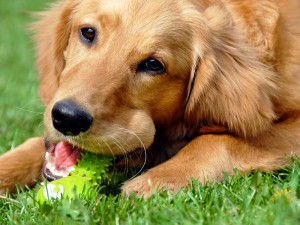 The key thing to remember is that it is natural for a dog to dig. You can’t expect your dog to completely stop this behavior, but you can redirect it to a more appropriate outlet. Simply reward your dog for digging in an appropriate place, and he should stop destroying your garden.
The key thing to remember is that it is natural for a dog to dig. You can’t expect your dog to completely stop this behavior, but you can redirect it to a more appropriate outlet. Simply reward your dog for digging in an appropriate place, and he should stop destroying your garden.
 Bringing home your first puppy can be a very exciting time, but it can also be a challenge. If you have never owned a dog before, it can take some time to get used to the responsibility of caring for a dog. During the time when you and your puppy are getting to know each other, it is likely that you will make mistakes, which is just a fact of life. But if you come prepared by familiarizing yourself with some of the common mistakes of new dog owners, you can avoid some of those mistakes.
Bringing home your first puppy can be a very exciting time, but it can also be a challenge. If you have never owned a dog before, it can take some time to get used to the responsibility of caring for a dog. During the time when you and your puppy are getting to know each other, it is likely that you will make mistakes, which is just a fact of life. But if you come prepared by familiarizing yourself with some of the common mistakes of new dog owners, you can avoid some of those mistakes.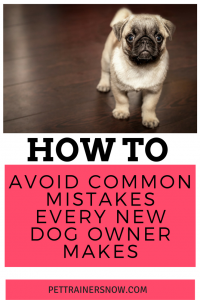
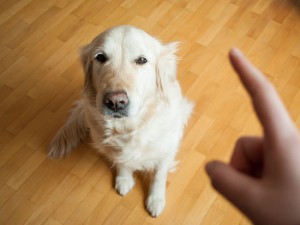
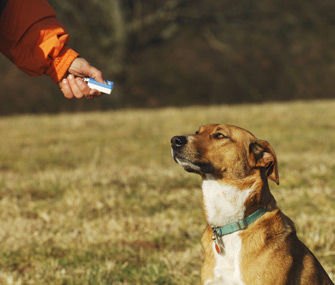
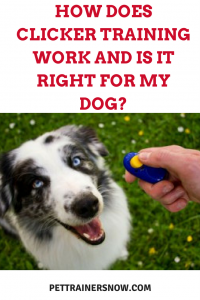
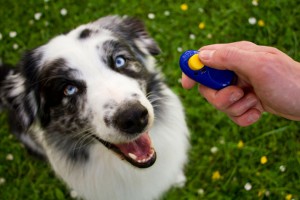 Clicker training can be incredibly effective as a dog training method, as long as you use it properly. By following these tips and techniques, you can easily incorporate clicker training into your dog training at home.
Clicker training can be incredibly effective as a dog training method, as long as you use it properly. By following these tips and techniques, you can easily incorporate clicker training into your dog training at home.


